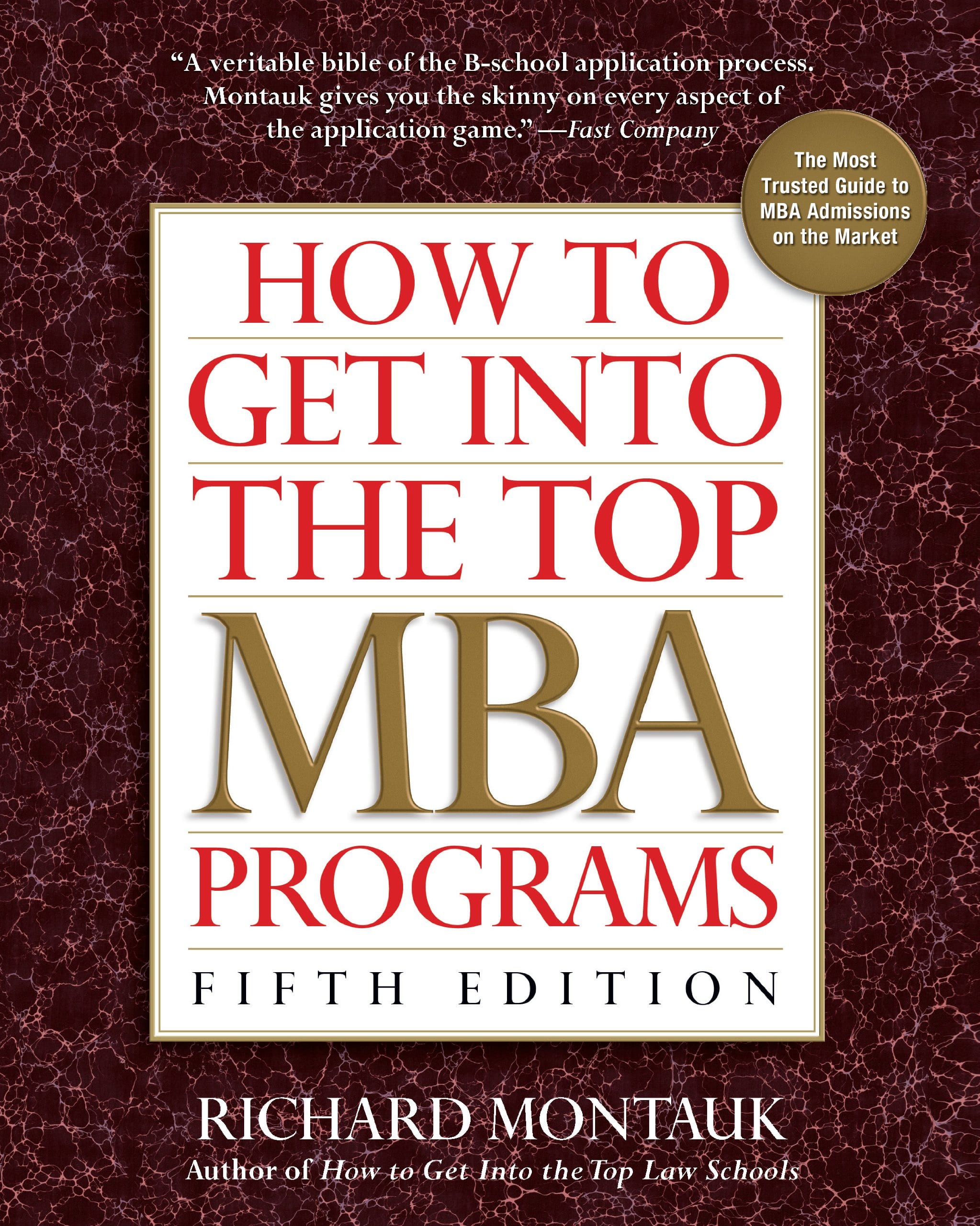So, you’ve been working for a few years and you’re feeling the itch for an MBA. Now what?
Most people find the prospect of returning to school (especially full-time) daunting. This is especially true if you’ve been out and about the corporate block for a few years now. You might quail at the thought of undertaking such a drastic change, but I’ve come to realize that the first few steps are the most important, and with proper planning you can not only enhance your chances for success, you can also protect your downside.
Based on my own blinkered opinion of the process, here’re a few things you can start doing now:
1) Register at GMAC.com. Read up on the GMAT exam and take the diagnostic test. Taking the test early will be your first differentiator within the applicant pool. Since schools always look at your highest score, taking the GMAT by July 4th will not only make the fireworks seem so much more cheerful, but also leave you with enough time to take it again… and again… and again, if need be.
2) Start thinking about your budget for the MBA application process. Budget not just your financial resources, but also the amount of time available to you. This is crucial because selecting too many schools can leave you with half-baked applications. It might not seem so bad now, but when you’re looking at deadlines within days of one another, the work will pile up awfully fast.
3) Identify your long-term goals as early as possible. While you don’t need to choose now between the East-facing window or the corner office above the boiler room, you do need to know what you see yourself doing in ten or twenty years. This period of introspection is one of the most time-consuming activities, and the sooner you get started the better. Plus, the more time you have to think about this, the more convincing are your arguments in support of an MBA. Remember that just about every application gets to one main question eventually: Why do you want an MBA now?
4) Start visiting the websites of the schools you’re interested in. While you may find yourself staring agog at the wonders of b-school initially, the infatuation must eventually give way to mature reasoning. Every school looks for an application that clearly states why that school, above all others is the school of choice for an applicant. Simply put, the more you know about the school, the more genuine is your interest in attending it, and therefore the more convincing are your essays. Furthermore, as you start to think about the subtle differences between schools, you’ll find your selections changing, and this is not something you want to do after the deadlines pass … so get out there you Internet Explorer, you.
5) Start creating a list of potential recommenders. While you might have caddied for Jack Welch last August, he’s not the ideal person to recommend you for admission. Your recommenders must be the people able to speak most about your performance at work. It helps if you can select people you’ve had different (professional) relationships with, so that they can shed light on different facets of your personality. While you’re at it, collect as many of your old resumes as you can. You might not remember all your work-related experiences now, and having old resumes to refer to will help tremendously when you’re grasping at anecdotes for your essays. Lastly, remember to create a template for each recommendation you’re seeking and to email a helpful copy of the template along with friendly memory aids to your recommenders. They’ll thank you for saving them the effort of trying to recall your biggest wins, and they’ll be able to support their glowing reviews with actual data.
Those are the top five things I can think of right now. Eventually there’ll be a lot more to do, but for right now stop lollygagging and get to work.


Leave a Reply
You must be logged in to post a comment.